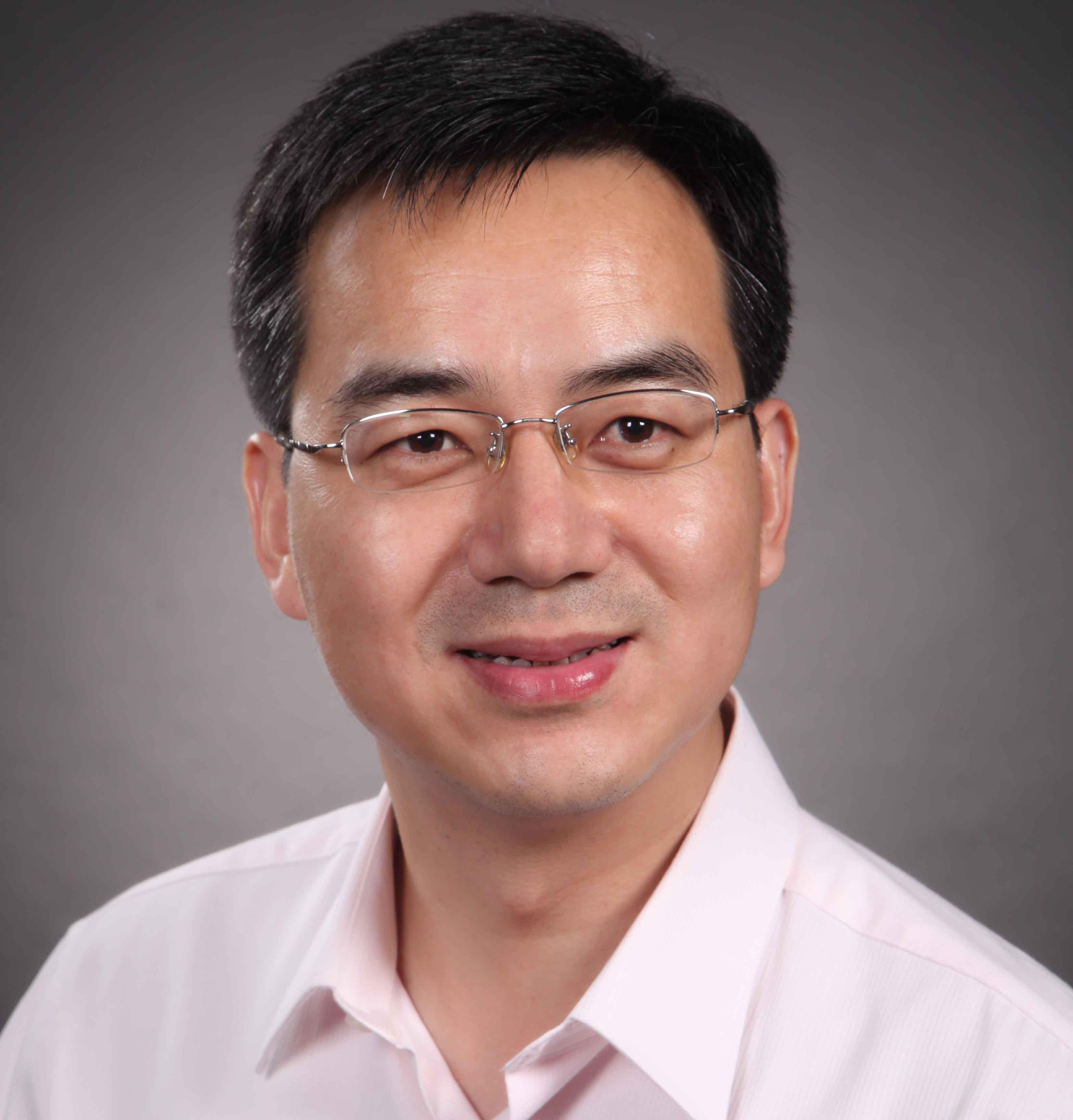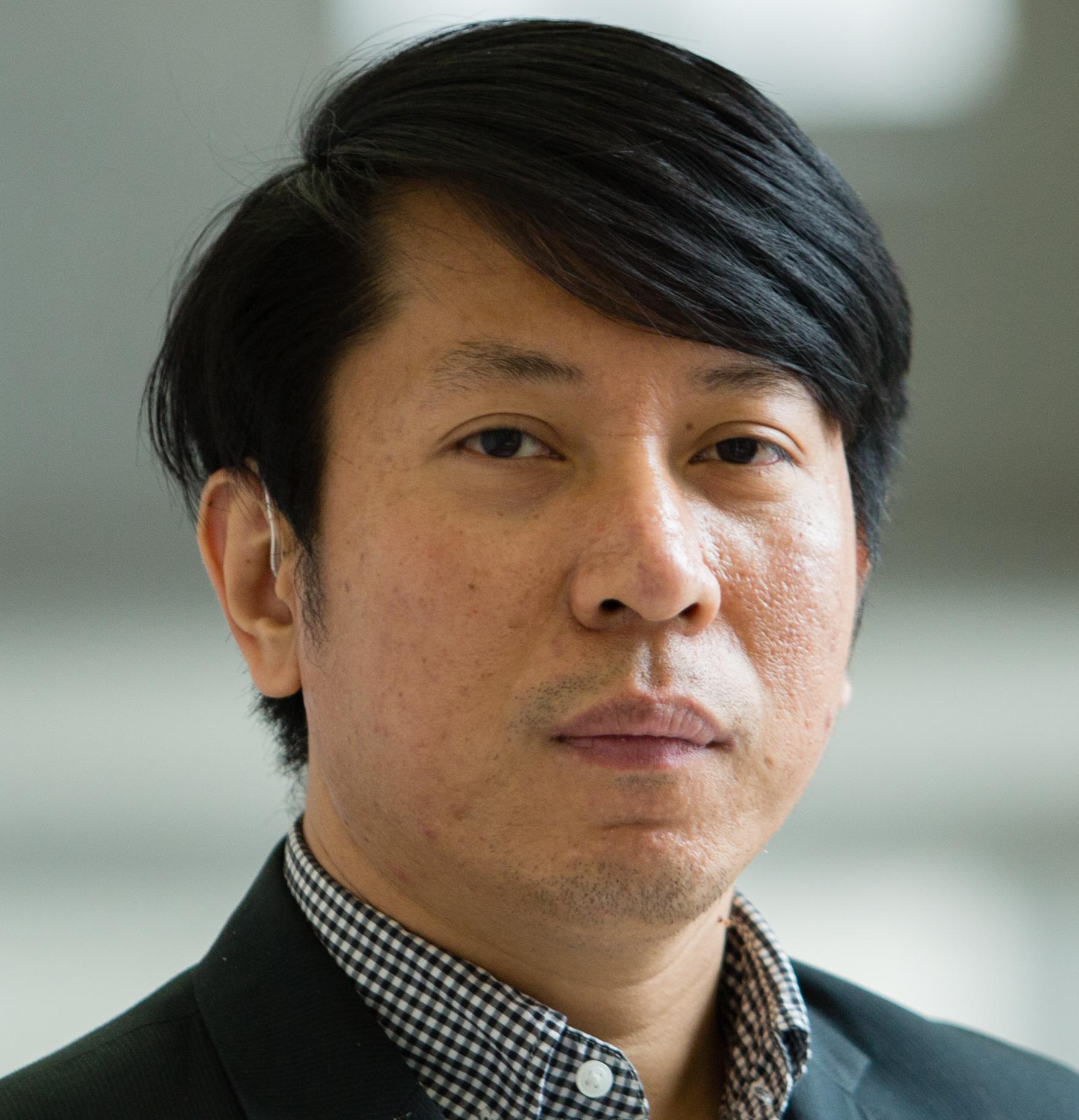“How can we borrow from the Western civilization, and how can we borrow it without destroying what is quintessentially Chinese?” Such has been the perennial questionthat has accompanied China’s continued look to other cultures for inspirations for its own development ever since the country’s Self-Strengthening Movement in the late 19th Century. The oft-cited ti-yong dilemma, namely the dilemma between preserving the essence of Chinese culture and assimilating foreign culture for practical purposes, featured prominently in the country’s struggle toward prosperity on its own terms.
In fact, many believe that the dilemma confronts the current leadership in Beijing just as much as it did back then. Informally dubbed as the rule-of-law plenum, the Fourth Plenary Session of the Central Committee of the Chinese Communist Party (CCP) had drawn a lot of attention for its apparent focus on judicial reform. Some consider the proposed reform to be a constitutive element of the CCP’s effort toward a greater degree of centralization in its rule. Others point to the important distinction between “rule of law” and “rule by law” while suggesting that the latter, with greater emphasis on the judiciary’s role in strengthening governance, is a closer approximation of China’s legal reality.
These analyses, each cogent and together comprehensive, have nonetheless overlooked one crucial aspect of the Fourth Plenum’s judicial reform agenda: How does this intended move toward judicial reform reflect the aforementioned dilemma between borrowing from the West and preserving China’s self-identity from the perspective of Chinese leadership?
Lesson from Japan: Double-edged ideological importation
A quick scan of Xi’s extensive citation of Chinese classics in his public speeches reveals a distinctive pattern which alludes to the role of cultural legacy in the audacious moves of a perhaps transformational Chinese leader. In his talk at Peking University on May 4th this year, for one instance, Xi cited more than 40 quotes from ancient Chinese scholars. The very emphasis placed on this classics-heavy rhetoric is just as telling as the rhetoric itself: It is a signal, to the Chinese public and to the world, that whatever policy initiatives, they strive to be firmly grounded in the teachings of thought leaders of the past, those that helped define the “Chinese culture” as it is commonly understood today. Concurrent to this resurgence in references to classical philosophy in public rhetoric, there has been renewed attention to promoting Chinese classics in China’s public education system as well.
Granted, this reviewing-the-past-to-better-anticipate-the-future attitude has not been uncommon among other CCP leaders’ dictionaries. What is unique about Xi’s keen focus on Chinese classical philosophy, however, must be considered by addressing two important questions, namely: What is Chinese philosophy being emphasized over?” And, how does doing so serve the purpose of judicial reform or more generally, China’s sustainable modernization today? Japan’s reform efforts in the nineteenth and twentieth centuries are a case in point.Besides the well-known facts about Japan’s Meiji Restoration as being a notable effort at borrowing Western technologies while preserving traditional values, the Charter Oath in 1869 most crucially set out the guiding principle where “knowledge [would] be sought throughout the world to strengthen the foundations of imperial rule.” Paradoxically, perhaps, the upholding of imperialist “essence” went hand-in-hand with a rejection of Confucianism. Rather than seeing Confucianism as an effective tool in enforcing imperialist rule, some Meiji reformers saw it as a barbaric, anachronistic ideology holding back the pace of Japan’s modernization, and the Confucian scholars at the time little more than “rice-eating dictionaries.”
In fewer than two decades, Japan managed to build the Eastern equivalent of a highly developed modern nation state and secured its global standing as second only to the United States on multiple fronts. In this regard, Japan’s modernization-embracing imperialism sans Confucianism indeed provided a viable path to power and prosperity, however temporarily: Within a generation of its reform, Japan defeated Russia, and became a regional power with the semi-colonization of mainland China and the annexation of Korea and Taiwan. Consistently in its pursuit for modernization, Japan essentially traded in the strand in Confucian philosophy that emphasized moderation and flexibility, for its Western counterpart that prioritizedboundary-pushing and precision. In practice, the latter two ideologies were manifested in rapid, disruptive innovation on the one hand and term-based legalism on the other. One could argue, therefore, that it was no other than this unmediated imperialist zeal which once provided a drive for reform that would eventually drive Japan over the cliff. Two atomic bombs and half a century later, the country was in deep devastation as the result of its own expansionist aspiration – the haunting imperialist dream that initially lifted the country off its feudal ground without endowing it with the wings to fly.
Thus, by readopting the classical thoughts, China today has implicitly rejected two ideological alternatives: One is the wholesomely imported Western legalism, the other the unmediated nationalism centered on the revival of the Chinese state. For some in China, the fall of imperialist Japan was precisely due to a combination of these two ideologies that together created a self-undermining momentum. In China’s own history, the most forceful attempt at eradicating classical thoughts came under Mao Zedong.During the Cultural Revolution, his Little Red Book – an amalgamation of Marxism, Leninism and Mao’s own revolutionary and millenarian ideology, became the new “cultural bible” of the People’s Republic aiming to replace the Analects. The catastrophe that ensued, however, shook awake those who would become China’s next generation of leaders. With Deng Xiaoping’s pragmatic shift toward economic reform, hundreds of millions of Chinese people were lifted out of poverty and China’s economy has since been on a stunning upward trajectory. But what has remainedis what some call a “moral vacuum,” if not also a cultural one, that has permeated through the Chinese society. As the current leadership observes, this deterioration in moral standards on a national scale has resulted in low confidence in the sustainability of the “China model” both domestically and internationally, with potentially far-reaching, long-term repercussions.
Buffer and Legitimacy: A Classical Solution?
‘Following the disastrous consequences from an entire abandonment of traditional values in the Maoist period, Xi’s turn toward Chinese classics seemed like an obvious choice. For this reason, some have considered Xi’s adoption, at least in rhetoric, of traditional faiths as an attempt at salvaging the Chinese society from the aforementioned moral vacuum. Whether in his famous speech on the “Chinese Dream” or in the 500-page compilation of his speeches and correspondence by China’s State Council, Xi Jinping: The Governance of China, Xi evidently sees the objective examination of Chinese classics as a viable solution to addressing the country’s bleak moral outlook. At a first glance, this is neither new nor surprising. Having struggled to balance between Westernization and preserving traditional values, China has experienced many ebbs and flows in its attitude toward its own cultural legacy. A return to classics may be nothing more than another swing in this oscillation. This time, however, the challenge of maintaining internal stability combined with the need for soft power projection may have given this “classical turn” a unique appeal for China.
Internally, the daunting task of maintaining stability against multiple sources of discontent – from a disgruntled working class to ethnic minorities, necessitates a lens through which state action can be projected in a less coercive light. A hardline approach, though deemed necessary by some, can be costly and counterproductive. It ultimately relies on the power differential between the regime and its people, and therefore always carries with it a tremendous potential for generating new resentment. By selectively emphasizing the inclusive aspect over the exclusive aspect of Chinese classical thought, the leadership would be in a better position to tap to its legitimacy as the reviver of the Chinese civilization. The aspects of classical philosophy, especially those on the linkage between individual righteousness and efficacy and national prosperity, can be seen as an informed attempt at remobilizing the Chinese public toward a collective goal. Classical thoughts, in this regard, serve not only as a “buffer” against domestic discontent, but also as an “adapter” that can channel such pent-up energy into the desired direction.
Similarly, this classical turn may be an effective way of engaging with other nations without appearing overtly aggressive. Though this may be counterintuitive given some classical thoughts’ apparent cultural supremacism, it lends legitimacy to China’s global maneuvering by differentiating China’s approach to that of the West. This is especially relevant in the context of China’s engagement withAfrica. The legacy of Zheng He who was allegedly the first Chinese to explore the African coast without attempting to colonize the people or occupy their land, is often cited in conjunction with Chinese classical thought to reinforce China’s image as a non-aggressive major power.
When Jimmy Carter addressed the American nation in his 1979 “Crisis of Confidence” speech, he pointed to America’s moral and spiritual crisis in his call for a return to traditional values in place of insatiable consumption. He lost to Ronald Reagan, a man who instead advocated power and wealth. Whether China’s classical turn will succeed in leveraging on both fronts – domestic stability-maintenance and international image-buildingwill be a function of not only the leadership’s genuineness and skillfulness, but also its interaction with the Chinese public and with the international audience. Given the sheer size and complexity of both tasks, however, no single solution can be considered a panacea, as any major public relations initiatives will necessarily entail sustained and strenuous labor.

